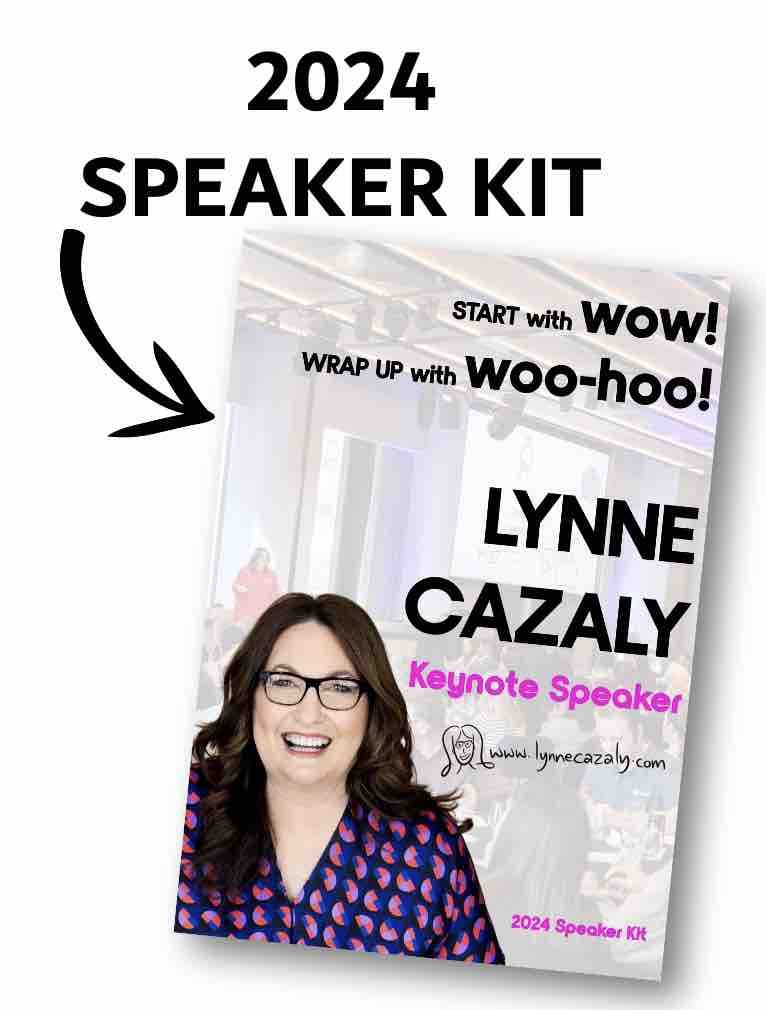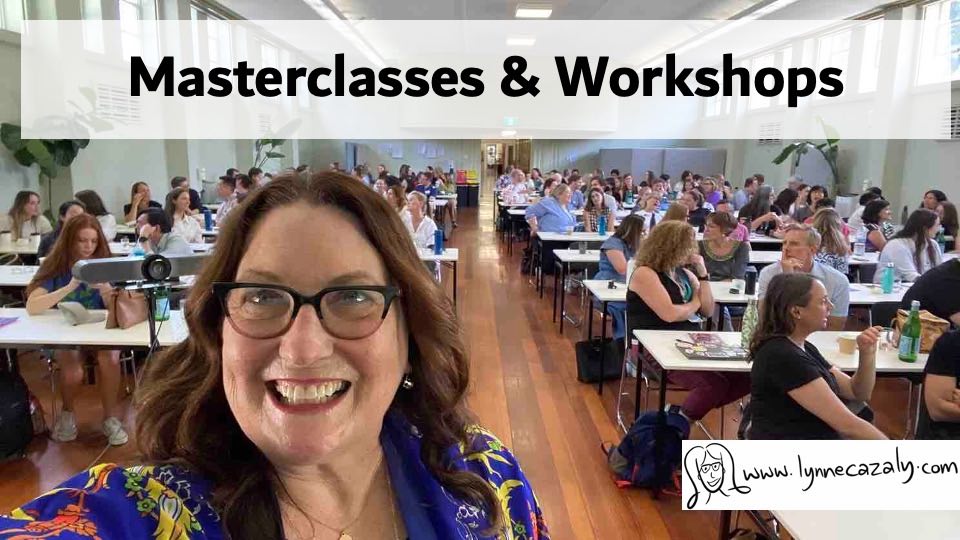Getting to decision and action
 Monday, September 3, 2012 at 5:20PM
Monday, September 3, 2012 at 5:20PM You know when you're in a meeting or conversation and things don't seem to be getting anywhere, at the speed you'd like? You know the round and round thing? 'Didn't we just cover that?' 'OK, she said that before, let's move on!' 'When, if ever, will we decide on something?'
I wanted to give you a valuable tool for meetings and conversations that helps you keep things moving, towards decisionmaking. I call it 'The Facilitator 4-Step'. It's simple, it's clear and you just need to signal with the group what stage of the meeting or conversation topic you're at. These four steps will help you everytime, if your meeting goes for five minutes or even for a full day. I've used it in team workshops, strategic planning days, community meetings, even one-on-one conversations. It was a part of some recent facilitation training I delivered for project management teams to help them move from talking about it, to acting on it!
Facilitator 4-Step
1. Facts and Evidence : what do we know? Deal with the facts first, whether you're reviewing what this is all about or you need to clarify the details. Hold back on opinions for now.
2. Discussion and Opinion : what do we think? Now you can let the discussion and opinions flow...! Identify common themes, capture thoughts and views. Hold off on solutions for now.
3. Ideas and Opportunity : what could we do? If you need to generate ideas and solutions, now is the time. Make sure you don't cycle back to opinion and discussion, unneccesarily.
4. Actions and Commitments : what will we do? When there are decisions to be made, now is the time. The facts are out there, you've discussed thoroughly, come up with ideas, now act!
The Facilitator 4-Step is available here as a visual I created using Brushes on the ipad; you can save or print it. You can use the questions in blue to explain to the group where you're at.
You can get to decision and stop the round and round. But make sure you capture views and opinions along the way too. No steamrolling ok? And if you're meeting to decide, decide to follow a process that will actually get you all somewhere... phew!















